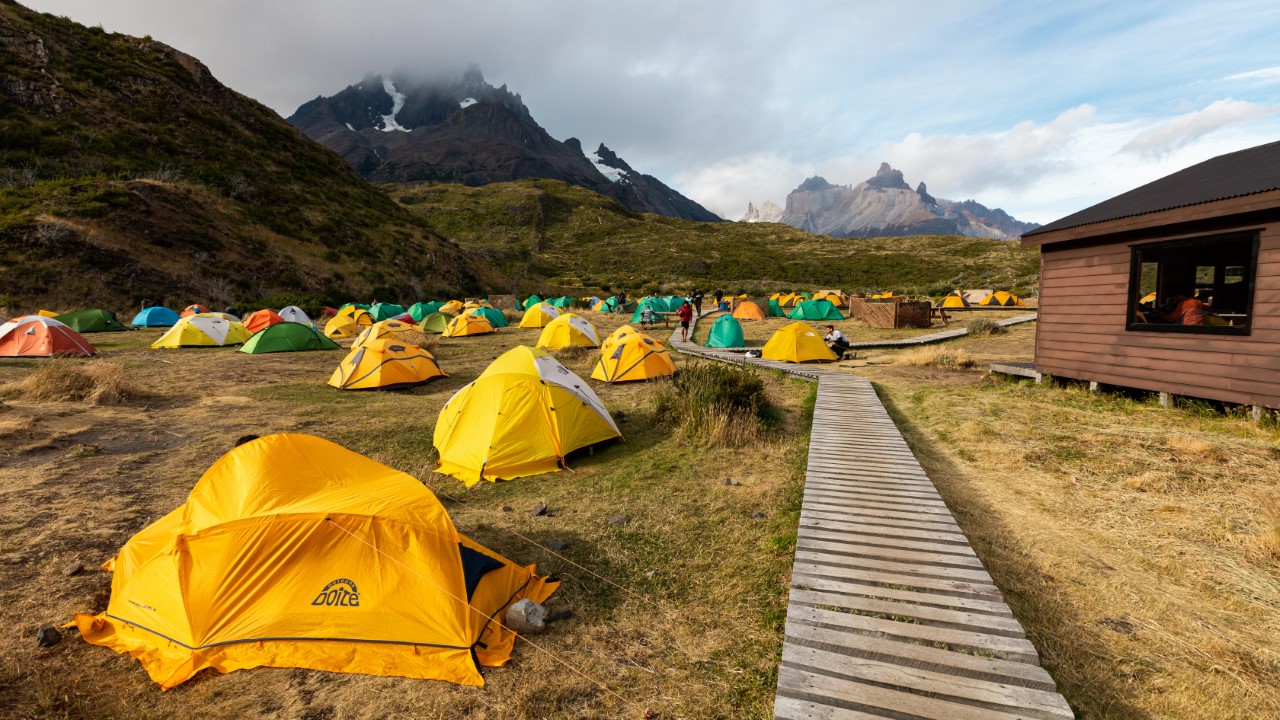Tourism can have adverse effects on the places we visit. Reduce your impact on the local ecosystem by adopting eco-friendly travel practices.
From supporting eco-conscious accommodations to respecting local environmental issues, there are many ways to reduce your carbon footprint and maintain the natural and cultural integrity of the places you visit.
Eco-tourism may seem daunting, but all it takes is a little effort and a change in mindset to preserve the planet and your impact on it.
1. Pick the Right Destination

Your eco-friendly vacation begins at home. When choosing a destination, select locations that prioritize environmental sustainability. Avoid tourist hotspots, which are usually overcrowded and overextended.
Look for destinations that have been awarded Global Sustainable Tourism Council (GSTC) certifications (bronze, gold, and silver). These certifications are awarded based on a location’s commitment to sustainable practices.
2. Consider Travelling in the Off-Season

Plan your trip during the shoulder season to minimize your impact on local resources. Traveling in the off-season also means lower trip costs and fewer crowds, so you won’t need to fight through a crowd to enjoy the local culture.
Off-season traveling gives you the freedom to fully immerse yourself in the culture and reduce your footprint by living, buying, and traveling locally.
3. Pack Light

Zero-waste travel is all about using what you already have. Pack what you need and only buy zero-waste and reusable products to replace the things required. Sustainable sneakers, eco-friendly camping gear, and ethical electronics are all examples of eco-friendly travel products.
Lightweight luggage means less weight, which means less fuel consumption. Pack only what you need and avoid checking your luggage whenever possible.
4. Choose Sustainable Transportation

The aviation industry is responsible for 5% of global warming. Whenever possible, choose greener modes of travel like trains, buses, and boats. When traveling by road, consider carpooling with fellow travelers and choosing electric and hybrid vehicles.
If you do need to travel by air, choose direct flights. Also, look into offsetting your carbon emissions.
5. Stay Local

Choose sustainable lodging to reduce your carbon footprint. Use apps like BookitDifferent, Ecobnb, and Wayaj to book eco-friendly properties. Couchsurfing is also a great way to reduce carbon emissions and learn about the local culture.
If you must stay at a hotel, choose one that uses eco-friendly practices, such as solar power operations, energy-efficient lighting, and recycling programs. Look for properties with certifications from LEED, Green Globe, or similar organizations that award sustainable practices.
6. Support Sustainable Tourism

When booking experiences, choose local tourism companies and prioritize ones that support eco-tourism. Choose eco-friendly activities with a low impact on the ecosystem, such as wildlife watching, hiking, or cultural tours.
You can also look into alternative tourism opportunities like Worldwide Opportunities on Organic Farms (WWOOF), where you can stay and learn about an organic farm. In exchange for your work on the farm, you are fed and housed.
7. Reduce, Reuse, Recycle

Take your environmentally friendly practices with you wherever you go. Carry a reusable water bottle, shopping bag, and utensils. Look for recycling bins to dispose of your waste. If local recycling is limited, look for alternative ways to take care of your waste responsibly.
Limit your use of single-use plastics. Choose travel-size biodegradable items where possible.
8. Buy Local and Sustainable

Imported items have a larger carbon footprint than locally made products, so buy locally instead and eat locally sourced food whenever possible.
Choose locally made souvenirs when shopping to support the local economy and reduce your carbon footprint. Many stalls and smaller shops sell handmade trinkets that are unique and eco-friendly.
9. Conserve Resources

Adopt the same energy conservation practices you have at home when traveling. Turn off air conditioning, lights, and appliances when not in use. Take shorter showers and reuse towels to reduce water consumption.
Some hotel rooms have energy-saving key card systems that reduce power usage when the keys are removed. Therefore, it’s a good idea to prioritize staying at hotels that practice energy conservation.
10. Offset Your Carbon Footprint

Offsetting your carbon footprint means investing in projects that will reduce carbon dioxide emissions by the same amount you produced in other activities like taking a flight.
Carbon offset programs fund projects that reduce or recapture greenhouse gasses. These projects range from tree planting to improved cookstove technologies in developing countries.
11. Respect Local Culture

Learn about the local culture, practices, and etiquette before visiting a new place. Respect sacred sites and ask for permission before photographing people or places.
Don’t participate in activities that damage the ecosystem. Buy local merchandise and eat locally to support the economy. Don’t exploit local resources.
12. Stay Informed

Tourism can have significant negative effects on the places we visit. Educate yourself about the environmental challenges faced by the places you are traveling to and adjust your sustainable practices accordingly.
For example, if you’re traveling in a city where air pollution is an issue, choose modes of transportation that don’t contribute to the pollution, such as electric vehicles or bicycles.
13. Use Public Transportation

Use public transportation when you travel to reduce your carbon footprint. This is also a great way to immerse yourself in the local culture.
If you find local transportation inadequate or overwhelming, you can always opt for cycling or walking. Many cities in the world now promote walking tours of famous sites to reduce carbon emissions.
14. Leave No Trace

To minimize your impact on natural landscapes, follow the principles of Leave No Trace (LTN). Pack all your waste and dispose of it responsibly before leaving. This includes recyclable and biodegradable waste as well.
Stay on designated trails when wandering in the wilderness, and avoid visiting sensitive habitats. Minimize your campfire impact and leave natural and cultural treasures undisturbed.
15. Document Your Eco-Journey

Share your eco-journey with others on social media to inspire others to start or continue their environmentally responsible lifestyle. From finding eco-friendly accommodations to offsetting your carbon footprint, share specifics so others can follow suit.
By sharing your eco-journey, you can show people that sustainable wanderlust is not only possible but also not that difficult.
